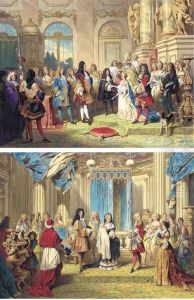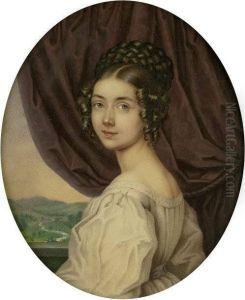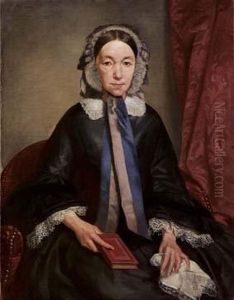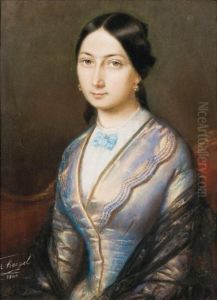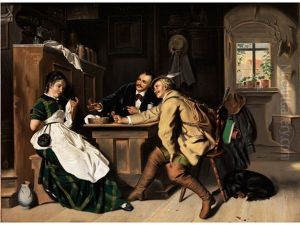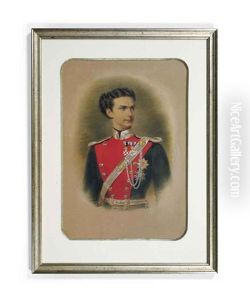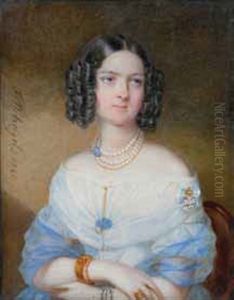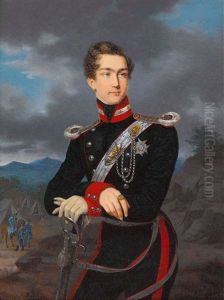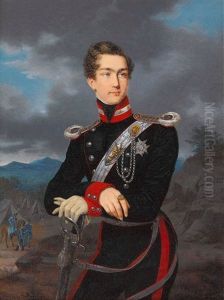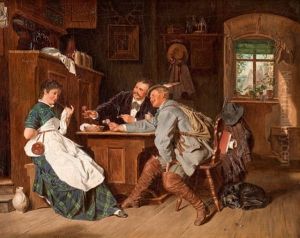Franz Napoleon Heigel Paintings
Franz Napoleon Heigel was a German painter known for his portrait artistry, born on October 2, 1813, in Darmstadt, Germany. Heigel's work largely reflects the mid-19th century European artistic trends, with a focus on realism and capturing the likeness and character of his subjects.
Heigel's early life and training are not extensively documented, but like many artists of his time, he likely underwent a traditional apprenticeship, possibly in the arts-rich environment of Darmstadt, which was home to a number of creatives and intellectuals. His middle name, Napoleon, suggests that he was born in the period of the French occupation of the Rhineland, a factor that might have influenced his later work, as the Napoleonic era was a subject of interest for many artists and historians in the 19th century.
Throughout his career, Heigel became known for his portraits, which were highly sought after by the bourgeoisie and nobility. His ability to capture not just the physical likeness but also the personality and social status of his sitters was greatly admired. Heigel's portraits are characterized by their detailed rendering, careful attention to light and shadow, and a certain psychological depth that suggests a keen understanding of his subjects.
Heigel's prominence as a portrait artist also led to commissions from the German royal families, and he painted various members of the nobility. These royal connections ensured that his work was widely seen and helped to secure his reputation. Despite the favor he found with the upper classes, there are few records of Heigel's personal views on the political and social changes happening around him during his lifetime, which included the revolutions of 1848 and the subsequent unification of Germany.
Franz Napoleon Heigel continued to work and exhibit throughout the latter part of the 19th century. He passed away on February 16, 1888, in Darmstadt, leaving behind a body of work that continues to be appreciated for its craftsmanship and historical value. His portraits provide a window into the faces and fashions of the German 19th century, and they remain valuable to art historians and collectors alike for their technical skill and their documentation of the era's social elite.
